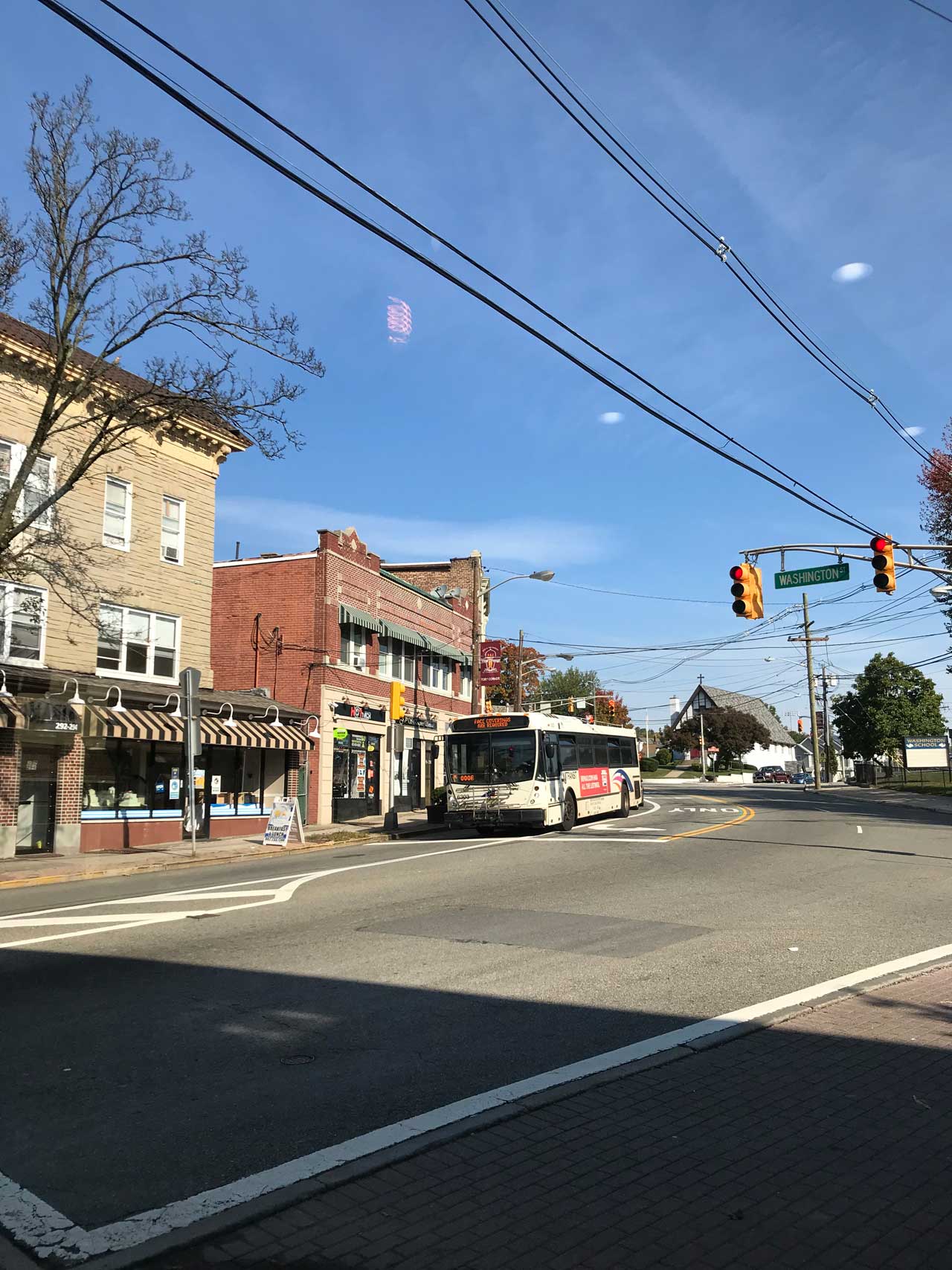
Riding an NJ Transit bus can be a nuisance. The delays. Bus stops are often blocked by parked cars. And did you bring exact fare? Drivers don’t give change.
The problem, experts say, is that our transit system is terribly outdated.
“Despite all the population and economic growth, major changes have not been made to the bus network since 1979,” said Kevin Garcia, a manager at Tri-State Transportation Campaign (TSTC).
Transport advocates like Garcia participated last week in an outreach event for Plan 2050, a 30-year survey by the North Jersey Transportation Planning Authority (NJTPA) that determines the needs and patterns of transit users in the state.
Garcia shared some of the findings of his organization’s 2019 study, A New Ride for New Jersey, which include the need to modernize fares, redesign the streets to prioritize buses, and update bus routes.
NJ Transit bus routes are based on a so-called wheel-and-spoke design that begins in a central hub and travels out to the suburbs, then back again. In Essex County, most buses travel to or from Newark, which is great if you work downtown or in Manhattan. But if you’re in the suburbs and you need to travel to another point in the suburbs, taking the bus is not an attractive option.
In fact, many people have begun to splurge on other modes of transport like ride shares, such as Lyft or Uber, rather than whittle away precious hours on a bus. The trend reflects in the 7.3-percent decrease in ridership since 2009, which was measured just before the pandemic hit.
Months of quarantine caused an even worse decline — a 90-percent dip in ridership that exposed even more vulnerabilities.
For instance, NJ Transit’s funding mostly relies on fare collection, according to Janna Chernetz, deputy director at TSTC. This dependence on passenger fares means that any major disruption in service is a potential budget crisis. It also means transit riders often have to put up with frequent fare hikes.
“When there is a budget shortfall in non-Covid years, transit riders are the first to be called upon to fill that gap,” Chernetz said. “And that has resulted in transit fares that are the highest in the nation and about 25 percent above the inflation rate.”
The lack of funding diversity directly translates into a lack of investment, meaning more broken-down buses and delays.
In 2015, however, public transportation officials in Houston pulled off what some believed was impossible. The bus routes were radically changed from a wheel-and-spoke design to a grid. Other cities took notice because not only had the system been completely overhauled in such a short time, but ridership increased as a result.
Seattle and New York City soon made similar changes, with modernizations about to happen in Los Angeles and D.C. The hope of NJTPA is that Newark will someday follow suit. These changes are crucial to win over new riders, and to spur growth in an economy that is still under the thumb of the pandemic.
“Investing in transportation improvements not only helps people get around easier and safer,” said Ted Ritter, external affairs manager of NJTPA, “but also pays dividends in terms of economic opportunities, jobs, and creating great places you want to live, work, and visit.”